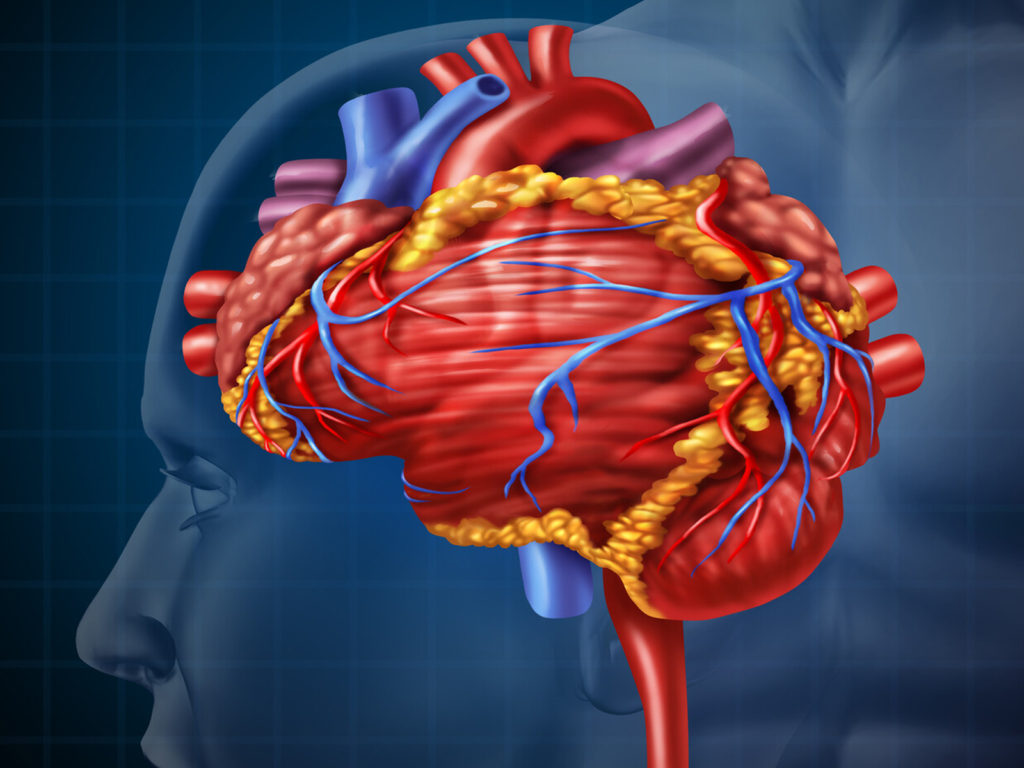Want a better relationship with your dog?
As some are exploring the possibility of robot pets, cognitive scientists have identified seven behaviours that are crucial to a close relationship between canines and humans, which could also help researchers develop “social robot” dogs. These factors include:
• Shared activities: playful activity helps you bond with your pet.
• Proximity: co-sleeping or following you from room to room.
• Communication: if a dog maintains eye contact, this demonstrates the animal’s attentiveness to the owner.
• Physical touch: putting a paw on you, lying on your feet, giving kisses and hugs, and cuddling.
• Consistency: frequent positive expressions — such as greeting you upon your arrival or respond-
ing to their name are necessary for chummy relationships.
• Positivity and enthusiasm: bringing you toys, excessively wagging their tail, jumping up and down, and leaping into your arms, are some signs that your pup is happy to see you.
• Attunement: dogs have the ability to pick up on emotional cues and respond to them, like how they will sit by your side for comfort instead of pawing at you when you feel unwell.
Source: Inverse

A new brain and heart connection
Brain Canada and Heart & Stroke have announced that Canadian researchers Dr. Peter Liu and Dr. Douglas Lee are each a recipient of a Heart-Brain Connection IMPACT Award— a competition totalling $6 million. These researchers will lead two multi-disciplinary teams bringing together close to 100 members from institutions across the country.
The four-year projects will study urgent questions linking heart and brain health with the aim of making changes to patient care and improving outcomes for people in Canada. Currently, one person dies in Canada every five minutes from heart disease, stroke or vascular cognitive impairment, outpacing other diseases. In fact, 20% more people die of heart-brain related conditions than from all cancers. The impact of these heart-brain connections on people’s lives and on the health care system is profound, especially given our health system is designed on a “single disease” model with
different conditions being treated by different specialists. These projects challenge that system through broad collaboration.
The teams began work on their projects in 2022 and there are plans to bring the two teams together to share updates on their work in 2023.
Source: Heart & Stroke

Ageism and stereotyping in technology development
Ageism refers to the stereotypes (how we think), prejudice (how we feel) and discrimination (how we act) we might hold towards others or ourselves based on age.
When it comes to the development and distribution of technology, ageism has important implications. It not only shapes whether new technologies are adopted by older adults, but it also influences how new technologies are developed and marketed.
In recent years, there has been increasing awareness of how digital technologies and platforms can discriminate on the bases of gender, race and class. However, ageism has received less attention. Thankfully, there is a growing movement towards the importance of person-centered, participatory and visual design and research methods that could address this issue.
Researchers suggest a framework to guide co-designing with the intended consumer. Co-designing with seniors would ensure that the project’s outcomes are meaningfully aligned with their needs, experiences and expertise.
Researchers, designers and technology developers need to take the initiative and spend time thinking through personal biases related to age-based stereotypes to design tech with older people.
Source: The Conversation














